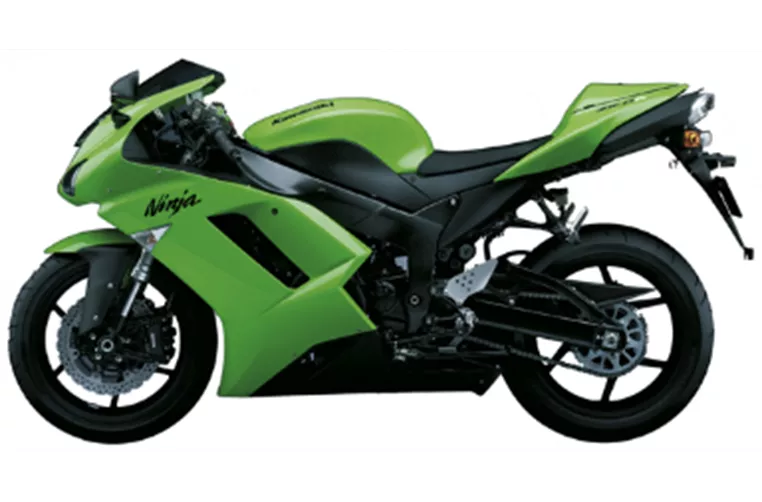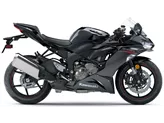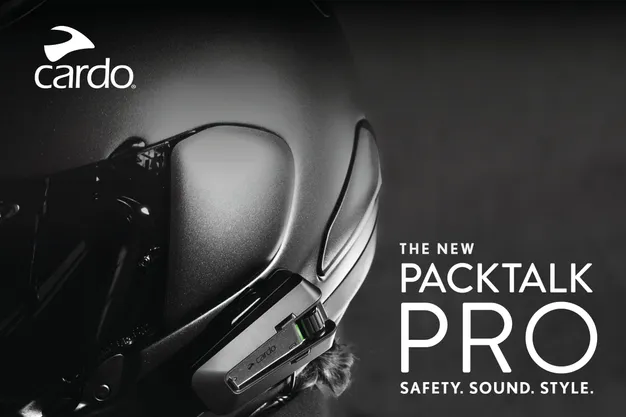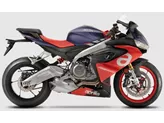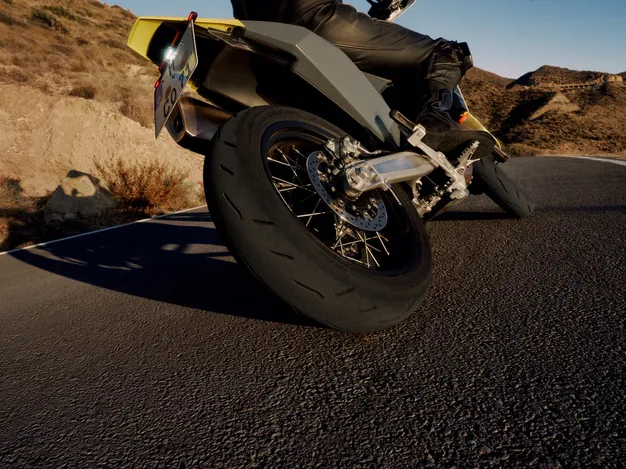Kawasaki Z 800 2013 vs. Kawasaki Ninja ZX-6R 2008

Kawasaki Z 800 2013
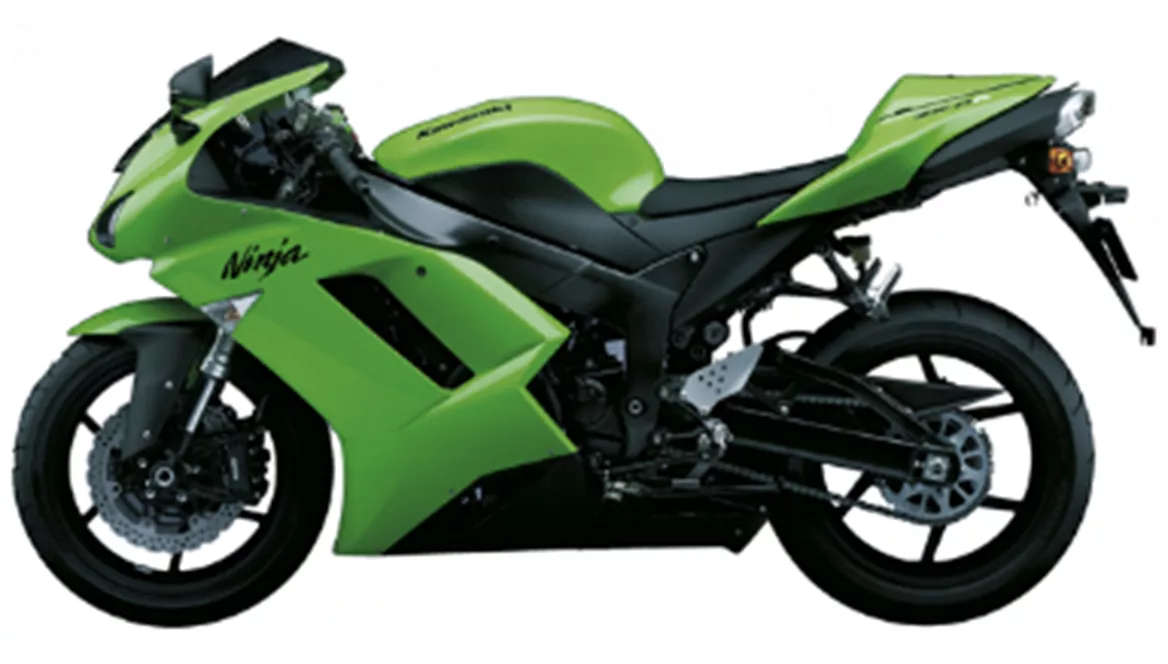
Kawasaki Ninja ZX-6R 2008
Vue d’ensemble - Kawasaki Z 800 2013 vs Kawasaki Ninja ZX-6R 2008
The Kawasaki Z 800 model year 2013 and the Kawasaki Ninja ZX-6R model year 2008 are both powerful motorcycles with similar engine specifications. The Z 800 has an engine power of 113 HP, while the Ninja ZX-6R boasts 125 HP. Both bikes have 4 cylinders and liquid cooling systems, ensuring efficient performance and preventing overheating.
In terms of size, the Z 800 has a slightly longer wheelbase of 1445 mm compared to the Ninja ZX-6R's 1405 mm. This may result in slightly better stability and handling for the Z 800. The seat height of the Z 800 is also slightly higher at 834 mm, providing a more upright riding position compared to the Ninja ZX-6R's 820 mm seat height.

Kawasaki Z 800 2013
Both motorcycles have a fuel tank capacity of 17 liters, allowing for decent range before needing to refuel. This is a practical feature for longer rides or commuting.
The Z 800 stands out with its eye-catching, chunky look, which is sure to turn heads on the road. It also offers confident acceleration thanks to its powerful engine. The relaxed geometry of the Z 800 contributes to a comfortable riding experience, especially on longer journeys. Additionally, the Z 800 is equipped with powerful brakes, ensuring reliable stopping power when needed.
On the other hand, the Ninja ZX-6R 2008 has its own set of strengths. It has reduced weight and improved handling, making it a nimble and agile machine. The more compact layout of the Ninja ZX-6R adds to its maneuverability, allowing riders to easily navigate through tight corners. The inclusion of an Öhlins steering damper further enhances stability and control. The Ninja ZX-6R also offers a comfortable seating position, ensuring riders can enjoy long rides without discomfort. Lastly, the engine tuning of the Ninja ZX-6R is immaculate, providing smooth and consistent power delivery.
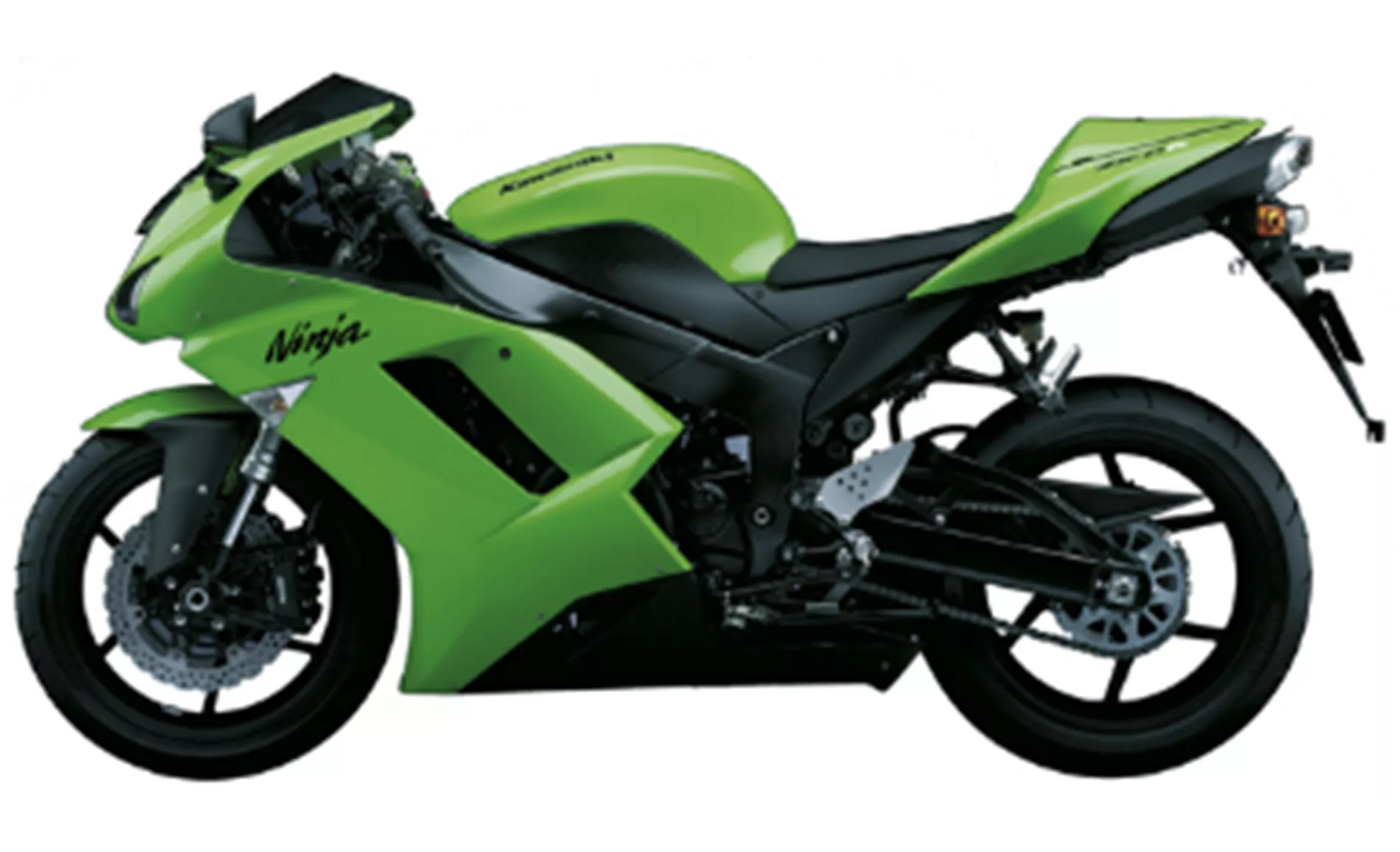
Kawasaki Ninja ZX-6R 2008
However, both motorcycles have their weaknesses as well. The Z 800 has limited freedom of movement for the legs, which may be uncomfortable for taller riders or those who prefer a more dynamic riding position. On the other hand, the Ninja ZX-6R has been reported to have some stability issues, particularly in the braking zone. The new fork design brings a disadvantage as tolerances must be maintained over the entire surface of the immersion tube.
In summary, the Kawasaki Z 800 2013 and the Kawasaki Ninja ZX-6R 2008 are both powerful motorcycles with their own unique strengths and weaknesses. The Z 800 offers an eye-catching design, confident acceleration, and relaxed geometry, while the Ninja ZX-6R boasts reduced weight, improved handling, and a comfortable seating position. Ultimately, the choice between these two bikes will depend on the rider's preferences and priorities.
Caractéristiques techniques Kawasaki Z 800 2013 par rapport à Kawasaki Ninja ZX-6R 2008
Avantages et inconvénients en comparaison
Avantages et inconvénients en comparaison
Kawasaki Z 800 2013

Dans l'ensemble, la Z800 a livré une performance sensationnelle. Compte tenu du fait que rien n'a été modifié ou optimisé sur le véhicule, à l'exception du pot d'échappement Remus, le résultat final est superbe.
Kawasaki Ninja ZX-6R 2008

La Kawasaki se montre sensiblement plus souple qu'auparavant. Il ne lui manque absolument rien pour la piste de course. Amortisseur de direction, anti-hopping, châssis, moteur - tout est prêt. La seule différence est que la moto n'est plus aussi stable qu'avant, l'arrière semble plus léger qu'avant dans les zones de freinage.
Comparaison des prix Prix moyen du marché Kawasaki Z 800 vs Kawasaki Ninja ZX-6R
There are a few key differences between a Kawasaki Z 800 2013 and a Kawasaki Ninja ZX-6R 2008. There are the same number of bikes of both models available on the 1000PS.de marketplace, specifically 7. It takes less time to sell a Kawasaki Z 800 with 56 days compared to 57 days for a Kawasaki Ninja ZX-6R. Since model year 2013 1000PS.de editors have written 11 reviews for the Kawasaki Z 800 and 37 reviews for the Kawasaki Ninja ZX-6R since model year 2005. The first review for the Kawasaki Z 800 was published on 9/6/2012 and now has more than 8,100 views. This compares to more than 5,800 views for the first review on Kawasaki Ninja ZX-6R published on 9/2/2002.

